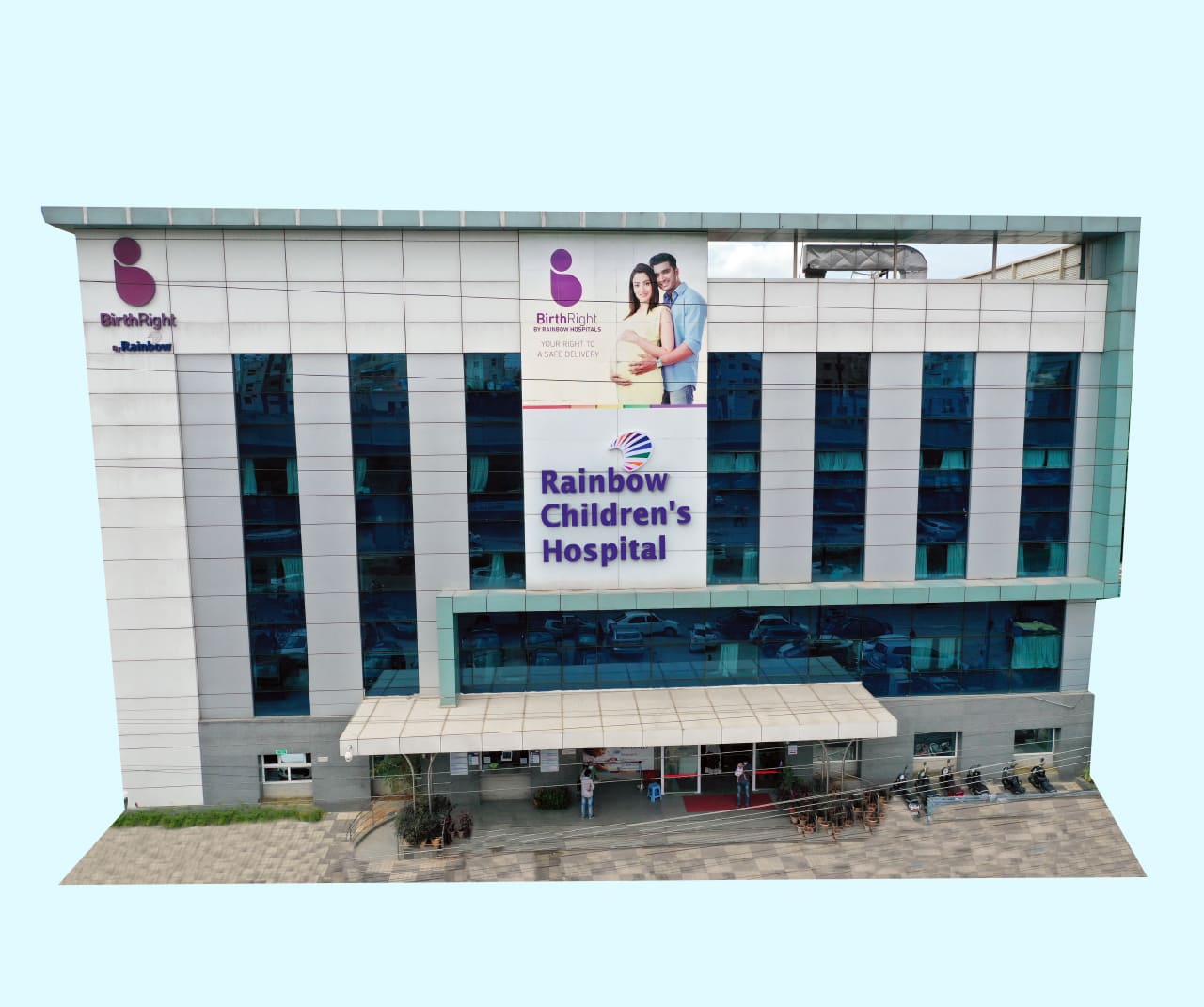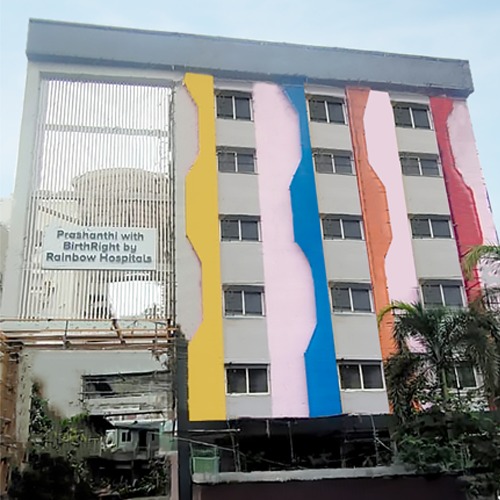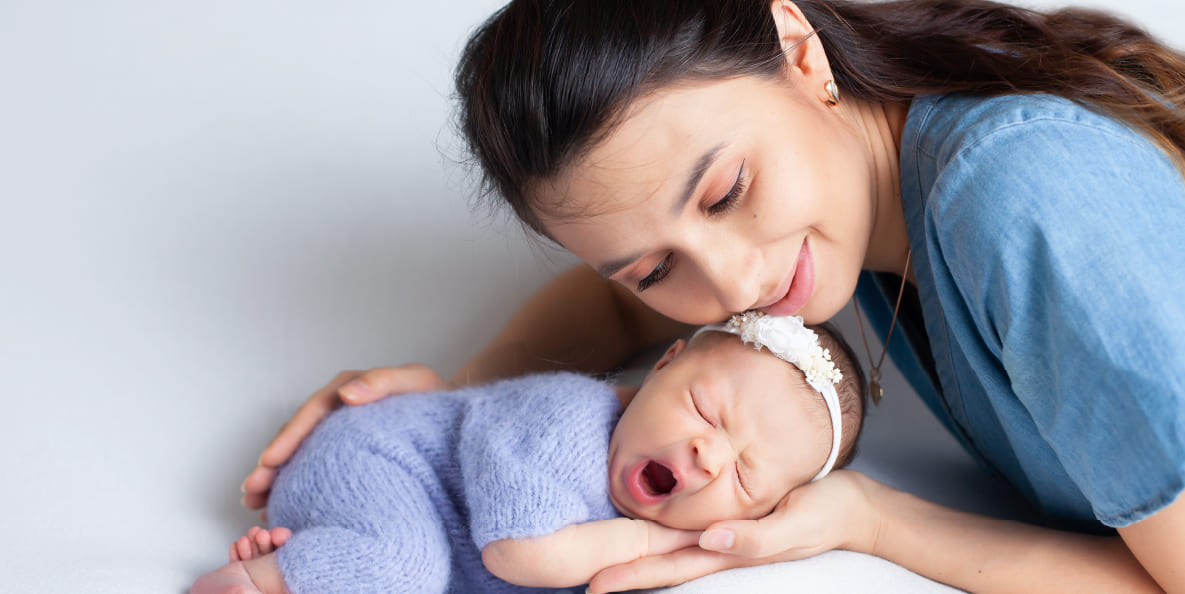Best Treatment For Respiratory Distress in Children, Vizag
Best Treatment For Respiratory Distress in Children, Vizag , Respiratory distress in children can be a concerning and potentially serious condition. Rainbow Children's Hospital in Vizag is equipped to handle such cases, offering specialized care for pediatric respiratory issues.
Respiratory distress manifests as difficulty breathing, rapid breathing, wheezing, grunting, flaring nostrils, retractions (visible sinking of the chest between or below the ribs), or changes in skin color. It can result from various causes, including infections like pneumonia, bronchiolitis, asthma exacerbations, or allergic reactions.
Upon arrival at Rainbow Children's Hospital, children experiencing respiratory distress undergo immediate assessments, including physical examinations, oxygen saturation measurements, and sometimes chest X-rays or blood tests. Prompt diagnosis is crucial to determine the underlying cause and initiate appropriate treatments.
Treatment varies depending on the cause and severity of respiratory distress. It might involve supplemental oxygen, nebulized medications, intravenous fluids, antibiotics for infections, or corticosteroids for certain conditions like asthma exacerbations. In severe cases, children might require mechanical ventilation in an intensive care unit setting.
Beyond acute management, Rainbow Children's Hospital in Vizag focuses on continuous monitoring, supportive care, and ensuring the child's stability and improvement. Families are provided with comprehensive information about the child's condition, treatment plan, and potential follow-up care needed after discharge.
Recognizing the signs of respiratory distress in children and seeking immediate medical attention is crucial. Rainbow Children's Hospital in Vizag is committed to providing timely and expert care for children experiencing respiratory distress, aiming to ensure optimal recovery and well-being.

Leading Hospitals
Rainbow Children's Hospital stands as a testament to the hospital's continual pursuit of excellence and innovation, providing specialized care for women and children.
Signs include difficulty breathing, rapid or shallow breathing, wheezing, grunting, flaring nostrils, retractions (visible sinking of the chest between or below the ribs), or changes in skin color, such as bluish or pale skin.
Treatments vary based on the cause and severity of distress. They may include providing supplemental oxygen, nebulized medications, antibiotics for infections, corticosteroids for asthma exacerbations, or, in severe cases, mechanical ventilation in an intensive care setting.





































































